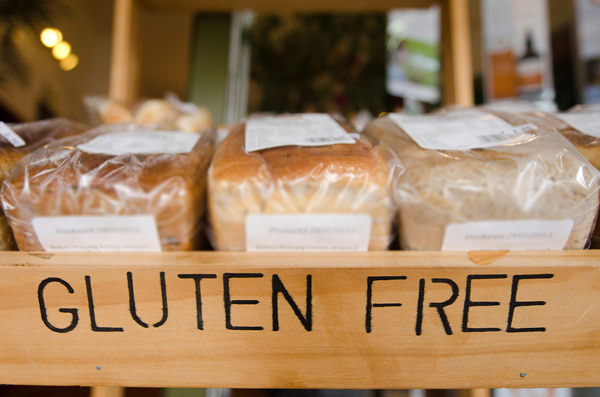The Food and Drug Administration (FDA) has just issued the first set of standards regarding the “gluten-free” labels on food products. Up until this point there were no regulations and anyone could essentially slap that label on their product.
The new standard states that foods that are less than 20 parts per million of gluten can be considered gluten free. Gluten is the protein found in wheat, barley, and rye. It is a very common ingredient in many foods on the grocery store shelf. To date, about three million Americans suffer from celiac disease, a disease that causes the digestive system all sorts of issues as it does not process or digest gluten. Gluten-free shopping used to be very difficult and almost done exclusively at specialty stores. That is no longer the case.
More recently, gluten-free eating has become somewhat of a dieting fad and the gluten-free label has begun popping up everywhere. Dieters without a diagnosed condition for needed gluten-free products have created a huge demand for these products, a boon for those with a genuine medical need for them. Products that were always naturally gluten free, like rice- or corn-based foods, suddenly got shiney “gluten-free” labels and I’m sure they got a boost in sales, too.
The standards came at the right time. The marketing boom needed to support those who were actually in danger of eating gluten. By creating a standard, now a person with celiac knows exactly how much gluten they may be ingesting if they buy a product with the label.
Dr. Peter Green is the director of the Celiac Disease Center at Columbia University and he spoke to NPR about the new standards. He explained that the standards indicate that one with celiac can tolerate the 20 parts per million number. That’s interesting, assuming that may not be true for all celiac sufferers. However, Green said that the number was what they regard as safe.
This is a big victory for those who have struggled to shop and buy food for their disease. This time, it looks like we owe the trendiness of eating gluten-free our thanks. If the market hadn’t been saturated with the labels, celiac sufferers may not have as many choices.
Also Read:
Is Gluten-Free Right for Me? 6 Pros and Cons

